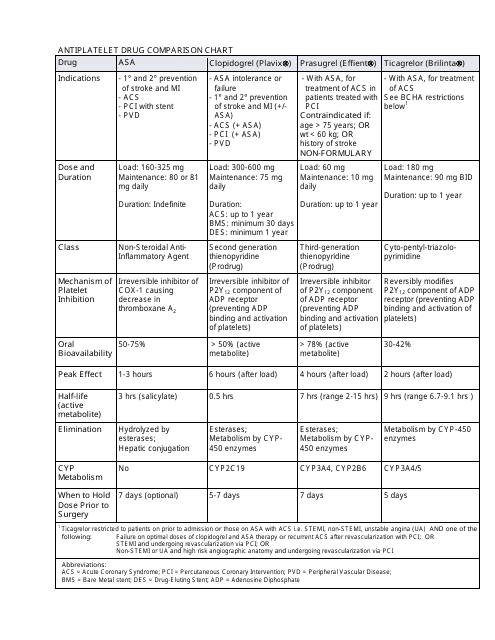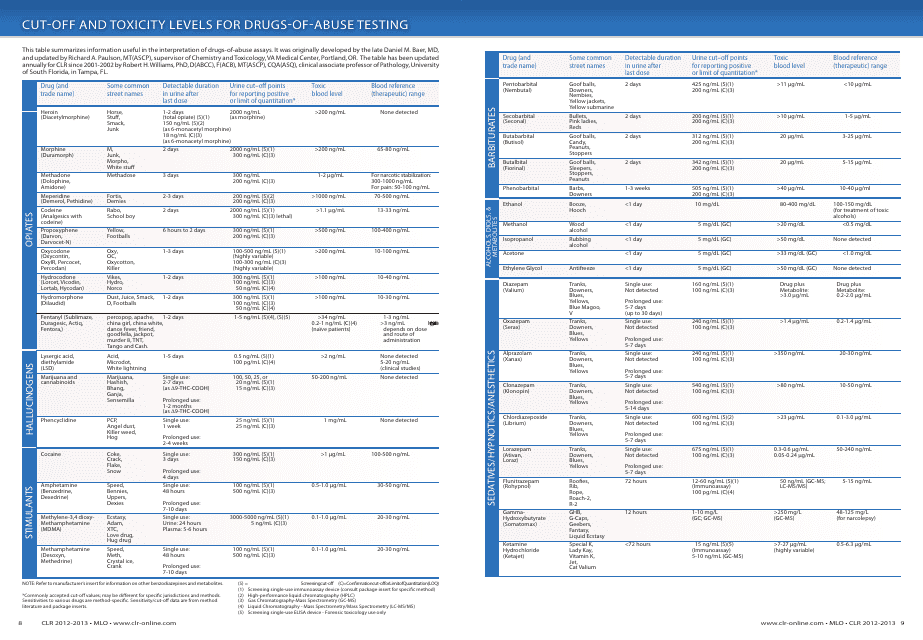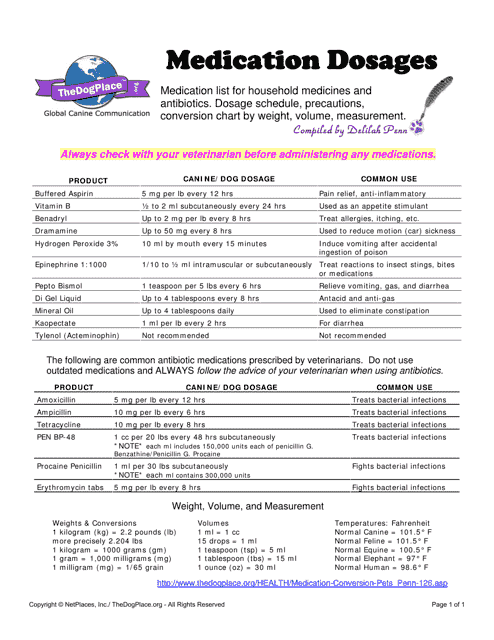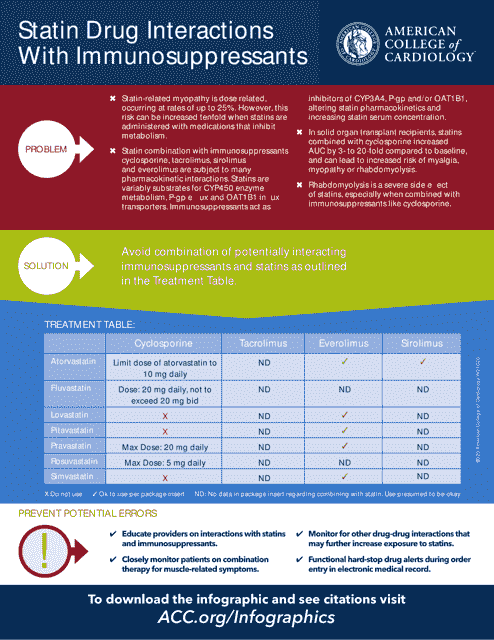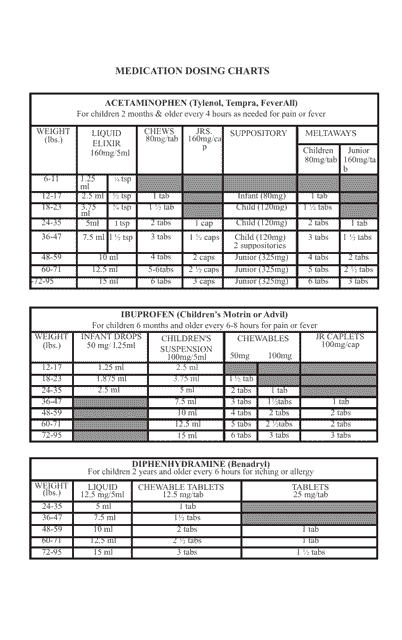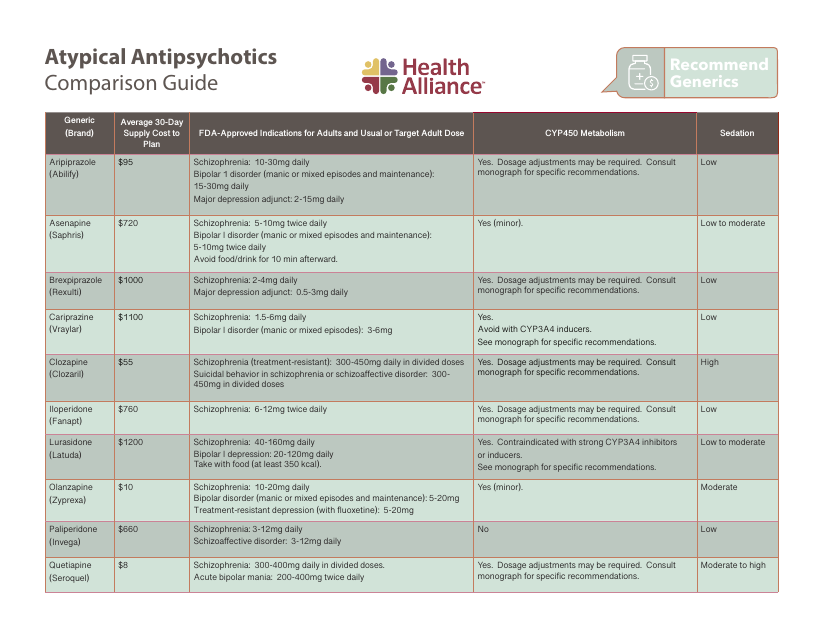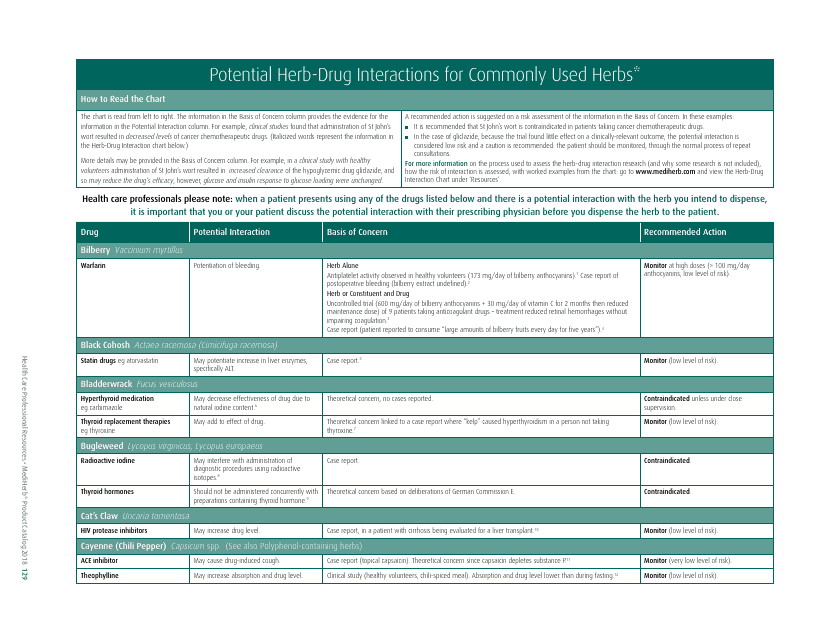Free Drug Chart Templates
Drug Chart: What Is It?
A Drug Chart is an itemized list of drugs, their administration, dosage, and harmful effects a patient may suffer. Medical professionals will benefit from tools that inform them about the substances used to cure or prevent diseases - make sure you keep the details in these records up-to-date in accordance with the existing legislation and clinical guidelines to guarantee the safety of your patients.
For a full list of Drug Chart templates please check out our library below.
Drug Chart Types
- Drug Classifications Chart. Every medication belongs to a certain category - whether you are interested in the chemical makeup of drugs or possible adverse effects, you can sort them out with the help of a visual instrument for further reference; medical students and doctors can also use this chart for educational purposes;
- A Drug Test Chart is filled out by a healthcare provider after they finish testing urine samples often collected from federal employees, athletes, or people given access to sensitive information protected by the government - find out if the person is using or misusing illegal drugs or alcohol;
- Drug Interaction Chart. If you are worried about the consequences of taking multiple drugs at the same time or you want to be sure the prescribed medication has no side effects when a patient eats a certain food or drinks alcohol, use this template to check whether the drugs will be harmful or unhelpful for a patient;
- A Drug Schedule Chart sorts the medication on the basis of its use and legal status - some drugs are more dangerous than others when it comes to potential addiction issues whether they are prescribed to patients or not, and doctors have to pay extra caution to them and remember what drugs have no accepted use at all;
- Medication Dosage Charts. The importance of dose calculation cannot be overstated - in order to inform the patient about the amount of medication they are supposed to have at a certain time, physicians must pay close attention to these Drug Charts based on the age and weight of the person they are treating.
Haven't found the template you're looking for? Take a look at the related templates below:
Documents:
53
This document provides a comparison chart of different antiplatelet drugs commonly used in medical treatments. It includes information on their effectiveness, side effects, and dosing guidelines. Useful for healthcare professionals and patients who want to understand the differences between these medications.
This document provides a chart of antiretroviral drugs used in the treatment of HIV/AIDS.
This document provides a chart that lists common drugs and their corresponding antidotes, which can be useful for nurses and other healthcare professionals.
This document is a chart that categorizes different drugs based on their indicators. It provides information about the various drug categories and can be used to understand the effects and classifications of different drugs.
This document provides a chart that specifies the cutoff and toxicity levels for drugs of abuse testing. It helps in understanding the thresholds for detecting various drugs in a person's system.
This document provides a classification table and detection time chart for urine drug testing. It helps to understand which drugs can be detected and how long they can stay in the body.
This tool helps veterinarians and pet owners calculate the correct dosage of medication for animals.
This document provides pediatric dosage charts for acetaminophen and ibuprofen. It helps parents and caregivers accurately determine the appropriate dosage for children based on their age and weight.
This document provides a chart for pediatric medication doses, helping parents and caregivers determine the appropriate dosage for children.
This document provides a helpful comparison chart for different types of antidepressant medications, allowing individuals to better understand their options when seeking treatment for depression.
This document provides a collection of useful pharmacokinetic equations used in the study of how drugs are absorbed, distributed, metabolized, and eliminated in the body. These equations help researchers and healthcare professionals determine drug dosing regimens and optimize therapy for patients.
This document provides a conversion table for National Drug Code (NDC) numbers. It helps to match NDC numbers between different drug databases and systems.
This document provides a chart showing the depletion levels of various prescription drugs. It is used to track and monitor the availability of these medications.
This document provides a chart that shows the recommended dose of fever control medications for children based on their weight. It helps parents and caregivers determine the appropriate dosage for their child based on their weight.
This document provides dosage charts for children's acetaminophen and ibuprofen. It helps parents accurately administer the right amount of medication based on their child's age and weight.
This document is used to keep track of medications and dosage instructions. It helps individuals or caregivers to organize and manage their medication schedule.
This document provides a chart detailing different types of antidepressant medications, their names, and common side effects. It is a helpful resource for individuals seeking information on antidepressant medication options.
This document provides a chart listing different antidotes for common types of poisons. It can help medical professionals identify and administer the appropriate antidote in case of poisoning.
This type of document provides dosage charts for children's medication to help parents and caregivers determine the appropriate amount of medicine to give based on a child's age and weight. It helps ensure safe and accurate administration of medicine to children.
This document provides a dosage chart for common pediatric medications. It helps parents and healthcare providers determine the appropriate dosage for children based on their age and weight.
This document provides a chart for dog medication dosages.
This document is used for keeping track of medications over an 8-day period. It helps ensure that the right medications are taken at the right times.
This document is a comprehensive chart that provides information about the drugs prescribed in hospitals. It includes details such as dosages, indications, and potential side effects for various medications. This chart is an invaluable tool for healthcare professionals in ensuring safe and effective treatment for patients.
This document provides a compatibility chart for statin drugs and immunosuppressant medications. It helps doctors and healthcare providers identify potential interactions between these medications and make informed decisions about treatment.
This document provides a chart that shows how certain medications can deplete essential nutrients in the body. It helps individuals understand and manage potential nutrient deficiencies caused by prescribed drugs.
This document provides a chart that lists common drugs and the nutrients they may deplete in the body. It can be used as a reference guide to help identify potential nutrient deficiencies caused by medication use.
This document provides a chart that shows the nutrients that may be depleted by certain medications. These nutrient depletions can have an impact on your health and may require dietary adjustments or supplementation.
This document provides a chart that displays the recommended maximum dosage and coverage information for respiratory medications. It is helpful for individuals looking to manage their lung health.
This type of document provides a dosage chart for medications used to treat fever in children. It is a helpful guide for parents to determine the appropriate dosage based on the child's age and weight.
This document provides a comprehensive table and calculation tool used in the United Kingdom for determining the correct dosage of emergency drugs.
This document provides a dosage chart for infants and children for the medications Tylenol (acetaminophen) and Ibuprofen. It helps parents and caregivers determine the appropriate dosage based on the child's age and weight.
This document provides medication dosing charts for various medications, helping to ensure the correct dosage is administered.
This document provides a dosage chart for acetaminophen, a common over-the-counter pain reliever. The chart helps determine the appropriate dose based on age and weight.
This document provides dosing charts for infant acetaminophen and ibuprofen.
This type of document provides a chart that outlines the recommended dosage of medication for children based on their age and weight. It is a useful tool for parents and caregivers to ensure they administer the correct amount of medication to their child.
This document provides guidelines on the correct dosage of medication for children based on factors such as age, weight, and severity of condition. It is a valuable resource for healthcare professionals, parents, and caregivers administering medication to pediatric patients.
This document provides a comprehensive table for understanding the standard dosing instructions for various over-the-counter medications. It includes details such as the medicine name, dosage amount, and frequency, ensuring safe and appropriate use.
This document provides a dosing chart for Rimadyl, a medication used to treat pain and inflammation in dogs. It helps owners determine the proper dosage based on the weight of their pet.
This guide provides a comparison of different atypical antipsychotic medications, helping users understand their differences and make informed decisions about their use.
This document provides critical information about possible interactions between commonly used herbs and pharmaceutical drugs. Ideal for individuals interested in holistic and allopathic medicine.

